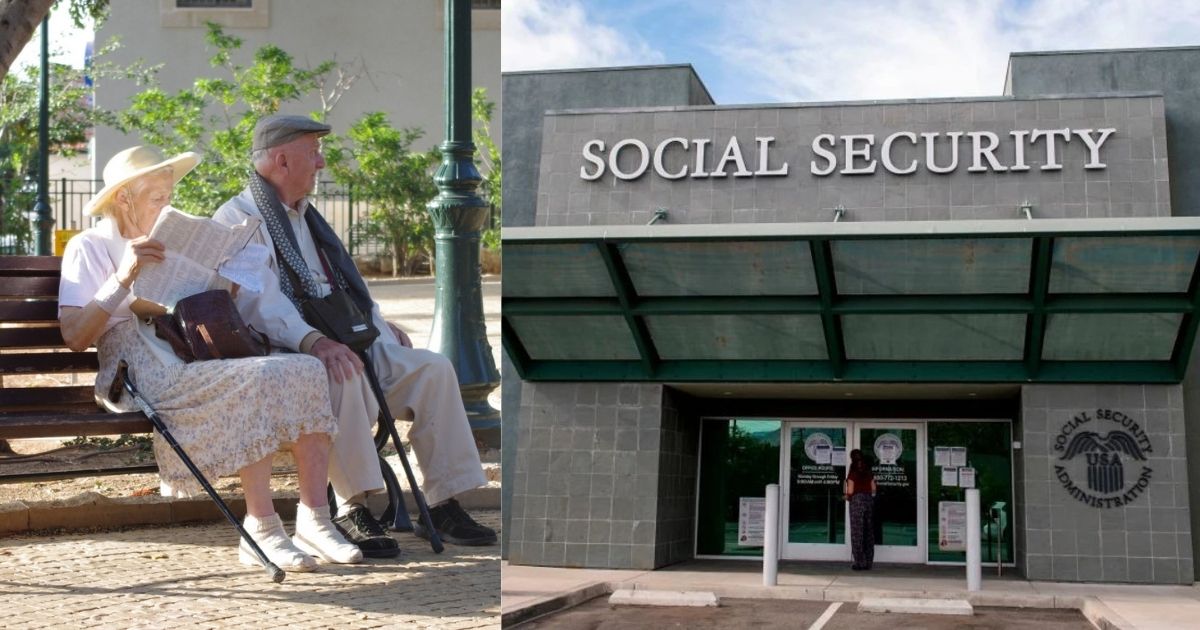Social security benefits through SSDI are ready to roll out for this week. Millions of Americans are preparing to receive their Social Security payments. However, some recipients might receive less money than they had expected.
The Social Security Administration (SSA) is continuing with its regular August schedule. However, it is also enforcing new repayment rules. These could leave certain beneficiaries with only half of what they get in benefits every month.
The SSA follows a staggered payment system. This system is utilized to distribute benefits across the month. Payments are issued on Wednesdays, and it depends on the recipient’s birthday date. Based on these dates, one can calculate the date they will receive the benefits.
The schedule for the SSDI distribution is given below
- Birthdays from the 1st–10th: second Wednesday of the month.
- Birthdays from the 11th to the 20th: third Wednesday.
- Birthdays from the 21st to the 31st: fourth Wednesday.
https://youtu.be/v4gC3MeZV8M?si=T6J1hl8jELWdDBZa
This week, on August 27, will be the fourth Wednesday of the month. This time, people with birthdays falling between the 21st and 31st will see their payments deposited.
This schedule applies to SSDI payments to retirees, survivors, and those receiving disability benefits. However, the distribution of Supplemental Security Income (SSI) follows a different timetable. These payments are generally sent at the start of each month.
Even though many recipients will receive their full payments, there will be others who will be hit with a sharp cut in their benefits. Many people might see up to 50% of their monthly benefits withheld. This is due to the recovery of overpayments of social security benefits.
This time, the Social Security Administration is on a crackdown to recover the overpayments over the last many years.
Social security overpayments are those where beneficiaries are mistakenly given more money than they are entitled to. This is often due to income changes, reporting errors, or administrative mistakes.
For many years, the SSA had recovered such funds by withholding 100% of a recipient’s check. This was done until the debt was cleared. However, this practice was widely criticized for creating financial hardship for those who are already low on income.
Therefore, beginning this year, the agency introduced a new rule and capped the clawback at 50% of a person’s monthly benefit. This is definitely an improvement, but it still leaves many seniors and struggling disabled Americans in a position where it is difficult to make ends meet.
Earlier this year, the agency sent warning letters to all those who were due for recovery of overpayment. Beneficiaries had 90 days to respond. People could either repay voluntarily, disputing the claim, or requesting a waiver.
Those who took no action will now be seeing automatic deductions.
The SSA advises that the affected review payment notices carefully. They have options and must take immediate action if the withdrawal can cause a severe financial burden.
Options include:
- Requesting a waiver if the overpayment was not the recipient’s fault or repayment would cause hardship.
- Appealing the overpayment, if the beneficiary believes it was calculated incorrectly.
- Negotiating a repayment plan, which could spread the debt across smaller, more manageable deductions.
SSA has “my Social Security” online portal. It is for beneficiaries so that they can manage their accounts and track upcoming payments. Direct deposit remains the fastest way to receive funds, while mailed checks may take up to three business days longer.













